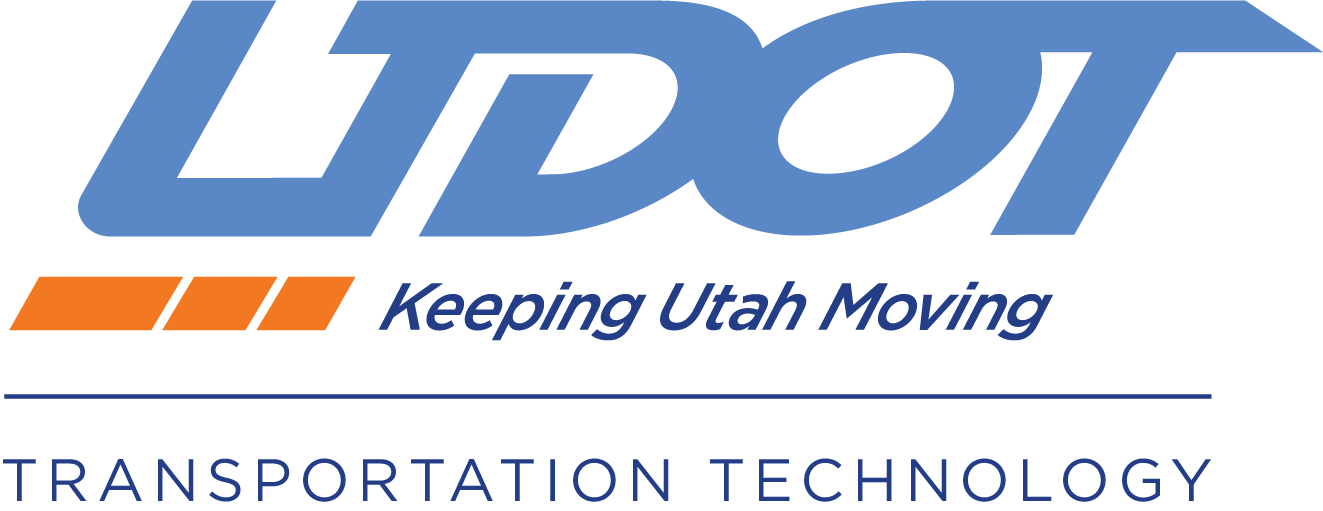Verifying Connected Intersections
Broadcasting V2X information from our signalized intersections is not enough; the automotive recipients of this information need to know that the data we send from these “connected intersections” is accurate, consistent, reliable, and secure. Developing tools to verify those conditions is the goal of this project.
OVERVIEW
For twenty years, connected vehicle (CV) technology, also known as vehicle-to-everything (V2X) technology, has offered the promise of fewer crashes and fatalities, increased efficiency, and environmental improvements. With significant V2X deployments in Utah and other parts of the country, we are now on the brink of bringing that promise to reality.
Achieving significant safety benefits with connected vehicles requires that automotive companies equip their new vehicles with V2X technology to receive and act upon the messages being sent from our signalized intersections. Before they can do that, it is essential that those auto companies be comfortable that the data they receive is accurate, consistent, reliable, and secure. This project will develop a process and tools to achieve that goal.
The ‘Enabling Trust and Deployment Through Verified Connected Intersections’ project is a collaboration between UDOT, a consortium of automakers (Ford, GM, and Nissan) known as the Crash Avoidance Metrics Partnership (CAMP), and the entity that oversees secure V2X communication – the Security Credential Management System (SCMS) Manager. The work is being funded by a US Department of Transportation (USDOT) ‘Strengthening Mobility and Revolutionizing Transportation’ (SMART) Grant. This team is working closely with the Connected Transportation Interoperability Committee (CTI), a USDOT-funded group revising the standard for connected intersections known as CTI 4501 and has engaged several consultants with expertise in this area.
Connected intersections broadcast several critical data messages, including: 1) a representation of the state of the traffic signal, the Signal Phase and Timing (SPaT) message, 2) a digital depiction of the physical intersection, the MAP message, and 3) a message that renders the GPS position of an object more accurate, the Radio Technology Commission for Maritime Services (RTCM) message. The SPaT message is broadcast 10 times each second, while the other two messages are broadcast once per second. Together, these messages allow a vehicle or other recipient to make decisions about continued movements, including decelerating, stopping, turning, etc.
Activities being undertaken in this collaborative project include: 1) developing tools to test whether SPaT and MAP messages generated at the intersection are accurate and consistent, 2) creating a process where the validation of connected intersection messages can be reported to message users (vehicles) to enable their trust of the messages, 3) demonstrate these tools and processes on physical intersections, and 4) developing a plan (likely a Phase 2 grant activity) for other agencies to use these tools in support of a national deployment of V2X technology.
QUICK FACTS
“V2X technology could address up to 80% of all crashes involving non-impaired drivers. Providing accurate information about intersection operations will support these safety systems.”
FIELD DATA
During the project, data was gathered and analyzed from eight connected intersections along State Route 224 near Park City, Utah, using the tools that were developed by the project team. The data and the resulting analysis reports can be found HERE. Documents describing these data files and reports outlining various aspects of this project can be found in the What We Are Learning section of this website.
BENEFITS OF THE TECHNOLOGY
Connected vehicle technology allows for the free exchange of valuable, real-time data between vehicles and the infrastructure. This vehicle-to-everything (V2X) exchange, using specialized radios operating in the 5.9GHz range of the airwave spectrum, occurs in fractions of a second. As vehicles and their drivers make split-second decisions to avoid hazardous conditions and potential crashes, this V2X data can be crucial. For instance, an alert that your vehicle is about to run a red light, or that another vehicle might do that while you are passing through a green light, could avoid a crash. An similar alert about a vehicle or a pedestrian in your blind spot could also avoid a crash.
Federal studies have estimated that V2X could address up to 80% of all crashes involving non-impaired drivers. This could save thousands of lives and prevent or mitigate millions of crashes every year. In addition to the safety-related value of V2X, UDOT has demonstrated that V2X can be used to improve the on-time performance of transit buses, render our snowplow operations more efficient, and help reduce emissions by decreasing idling time at intersections.
WHERE THE TECHNOLOGY IS DEPLOYED
